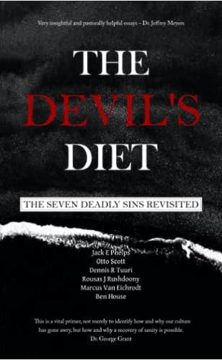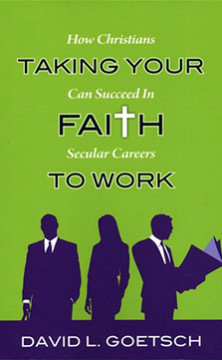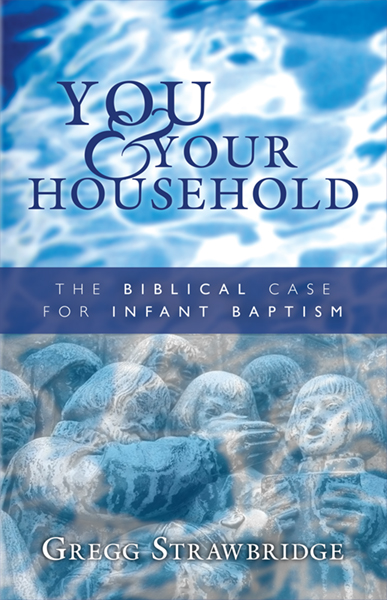The heavens declare the glory of God;
And the firmament shows His handiwork.
Day unto day utters speech,
And night unto night reveals knowledge.
There is no speech nor words;
Their voice is not heard.
Their line has gone out through all the earth,
And their words to the end of the world. (Psalm 19.1-4)
If you will but look up, you can see the glory of God; his beauty, wisdom, and power. As the sun takes its path through sky, as the constellations proclaim the times of the year, and as we are overwhelmed by the vastness and beauty of the sky (or what the Bible calls “the firmament” or “the heavens”), the creation itself is wordlessly proclaiming to all the inhabitants of the world the truth about the God who created all things.
In theological parlance this is called “natural” or “general revelation.” General revelation is distinct from “special revelation.” Special revelation is God revealing himself in the Scriptures and ultimately in Christ Jesus. We need special revelation in order to be saved. Paul makes it clear in the beginning of Romans that general revelation is enough to reveal the truth about God but not enough to save (Rom 1.19-23). General revelation is enough revelation to condemn but not enough to save.
Psalm 19 is a classic passage used to speak about the distinction between general revelation and special revelation. In the first part of the Psalm, David sings of how the creation wordlessly proclaims the glory of God. Then, in the latter part of the Psalm, he turns his attention to extolling the special revelation of God’s Law.
In what seems to be an odd move, Paul uses Psalm 19.4 in Romans 10.18 to refute any arguments that the Jews haven’t heard the gospel. “But I ask, have they not heard? Indeed they have, for ‘Their voice has gone out to all the earth, and their words to the ends of the world.’”
Is Paul contradicting what he said in the opening of his letter? Is he now saying, “Well, general revelation really does preach the gospel?” I don’t think so.
Within this little section of Romans (10.14-21), Paul refers to a number of different passages in Isaiah. All of these passages deal within their contexts with how God is making a new creation through his Suffering Servant. Paul’s argument is that this new creation has begun and is embodied in Christ Jesus. The Jews as well as the Gentiles can see this new creation in the church. And that is where Psalm 19 comes in.
While there is no doubt Psalm 19 sings of the literal creation of firmament, sun, moon, and stars, the firmament and all of the heavenly bodies are images of the people of God. God promised Abraham that his children would be like the stars of heaven (Gen 15.5; 22.17; 26.4). This was a promise, not only of the number of Abraham’s descendants, but of their position in the world. Just as the sun, moon, and stars were seated in the heavenly places to rule over the earth, determining times and seasons (Gen 1.14-19), so Abraham’s children would be seated in heavenly places, ruling the earth.
Joseph and Jacob certainly understood this relationship. When Joseph had a dream that the sun, moon, and eleven stars/constellations would bow down to his constellation, Jacob replied, “What is this dream that you have dreamed? Shall I and your mother and your brothers indeed come to bow ourselves to the ground before you?” (Gen 37.10) Joseph and Jacob understood that they were the heavenly bodies who ruled the earth.
What is happening after Christ comes is a firmament rearrangement. The Gentiles are now being seated as stars in accordance with the promise to Abraham that all the families of the earth would be blessed (Gen 12.1-3). The Jews are seeing this new firmament arrangement in the church. New relationships are being created. The old walls of separation have been broken down (Eph 2.11-22). Now, in Christ, we are all seated in heavenly places (Eph 1.20; 2.6).
Paul’s use of Psalm 19.4 is, I believe, a reference to this new situation. The Jews are hearing the wordless proclamation of the gospel by looking at the church and its new Jew-Gentile make-up. By this proclamation they are being summonsed by the King and his ambassadors to whole-hearted allegiance to Jesus as Lord; a summons that includes being a part of this renovated family of God.
The proclamation of the gospel by means of the spoken word is indispensable to the gospel ministry. People must hear of the life, death, resurrection, and ascension of Jesus. They must hear how their sins can be forgiven and how they can have true life.
But the spoken word must never stand alone. The church must wordlessly proclaim the gospel in the way we live our live together. People must see how we love one another. People must see how we live in healthy male-female relationships. People must see how we deal with sin appropriately. People must see how broken lives are being mended. In short, we heavenly bodies must proclaim the glory of God–his beauty, wisdom, and power–in our lives together. Only as we do this are we faithful ministers of the gospel.
Read more
 The Gospel Coalition published an article last week by Stephen West titled “Speaking the Truth in Love: Can Christians use Gender-Neutral Pronouns?” This article was appalling in a number of ways.
The Gospel Coalition published an article last week by Stephen West titled “Speaking the Truth in Love: Can Christians use Gender-Neutral Pronouns?” This article was appalling in a number of ways.






















